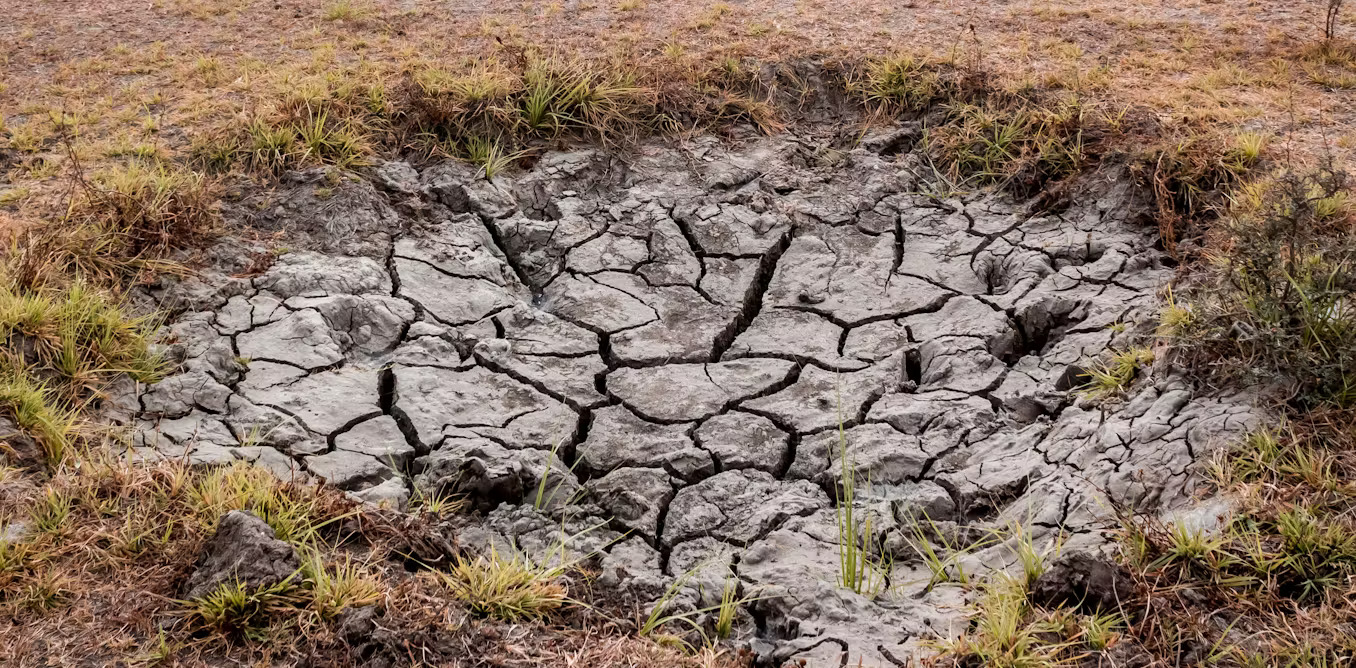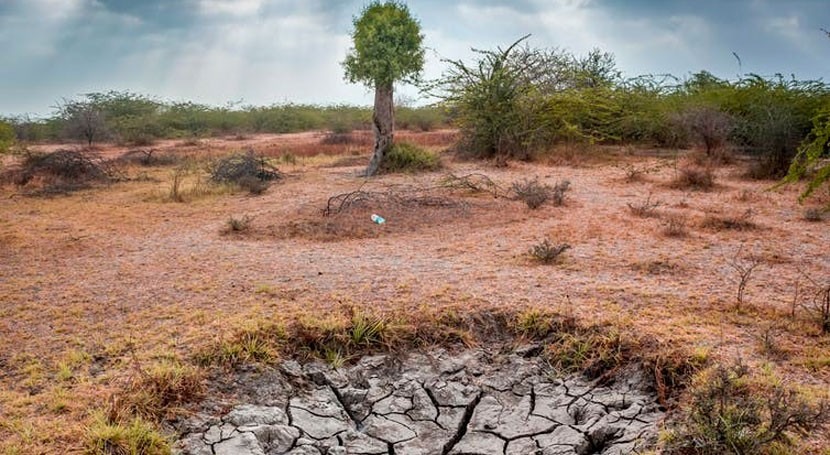Researchers at King Abdullah University of Science and Technology (KAUST) have developed an innovative water-harvesting system that functions efficiently in dry areas with humidity levels as low as 40 percent. This system, designed for off-grid freshwater generation and irrigation, improves upon traditional air-to-water harvesting methods by incorporating a self-switching solar harvester.
Unlike existing systems that require manual intervention to switch between water collection and extraction phases, the new design operates continuously without the need for physical switching.
Traditional solar-powered water harvesters typically use a two-stage cycle where water is first absorbed from the air and then extracted through heating. These systems are often cumbersome due to the manual effort required to alternate between these stages. The KAUST team has addressed this issue by creating a harvester that can autonomously switch between stages, thus simplifying the process and reducing overall costs.

The innovative design of KAUST’s system draws inspiration from natural water transport processes in plants. The new harvester employs vertical microchannels filled with a salt solution to mimic the way water moves in plant stems.
This mechanism involves capillary action to draw water up the channels and concentrate it, after which it diffuses back down to continue the cycle. This approach efficiently links water capture with freshwater production, optimizing both mass and heat transport within the system.
Experiments conducted in Saudi Arabia demonstrated the system’s practicality and effectiveness. Each square meter of the harvester produced between two to three liters of water per day during summer and one to three liters per day in fall. The system was tested with minimal maintenance and showed promise for direct irrigation applications, including for desert plants and Chinese cabbage.
The design uses affordable and readily available materials, including water-wicking fabric, hygroscopic salt, and a plastic-based frame. This choice of materials ensures that the system remains cost-effective, making it suitable for large-scale deployment in low-income regions. The team anticipates that this low-cost solution will provide a viable method for freshwater generation and irrigation in arid areas.

